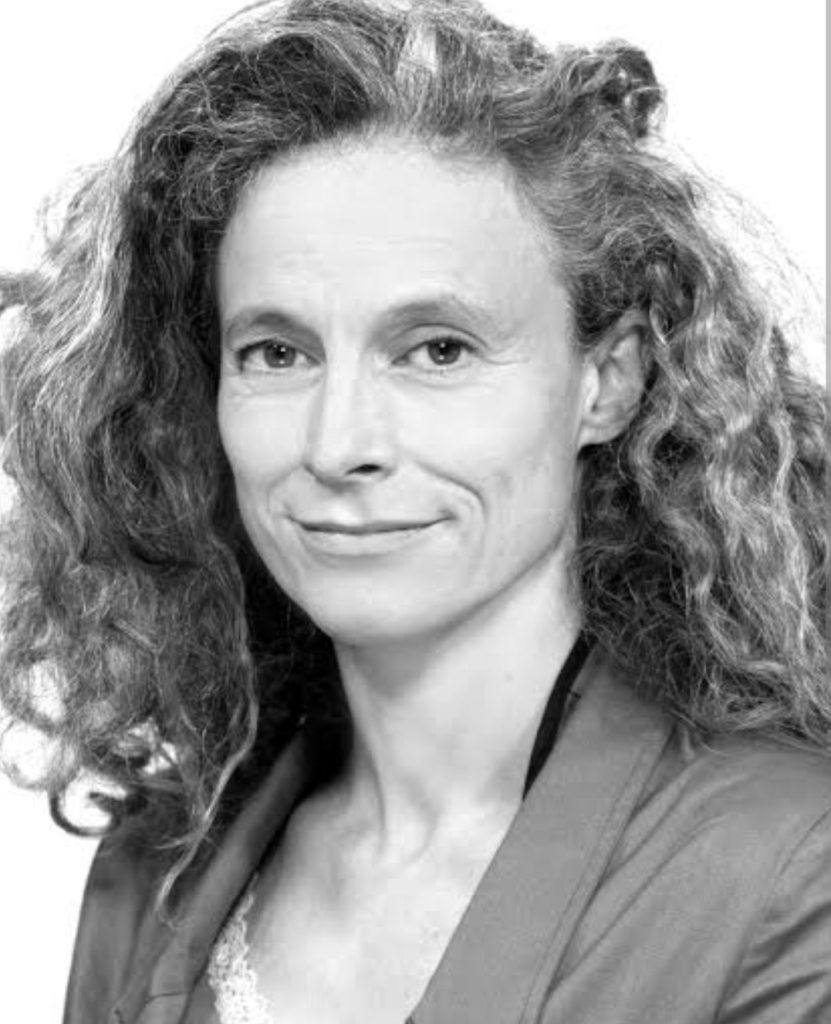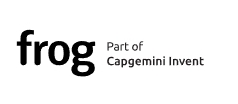Customer experience or CX transformations frequently promise transformational results. However, many organizations struggle to deliver meaningful outcomes from their investments. Meanwhile, consulting firms aggressively compete for market share as CMOs streamline vendor rosters.
The Problem: Disconnected Implementation Creates Disappointing Results
Capgemini Frog’s leadership identifies a critical flaw in traditional CX transformation approaches. Julie Raoux, Chief Customer Officer at Capgemini Invent, explains that marketing teams often receive new technology without proper preparation. Subsequently, organizations fail to maximize their investments.
“The problem is, when they have that new shiny thing, they are not ready to leverage it,” Raoux states. Furthermore, she compares the situation to receiving a child without knowing how to teach them to walk.
Additionally, implementation fatigue creates another significant challenge. Teams exhaust their energy during lengthy technical rollouts. Consequently, they lack motivation for crucial final-mile execution activities.
Early Integration: The Strategic Solution
Rather than treating content and audience strategy as afterthoughts, Raoux advocates for earlier integration. Moreover, she emphasizes that strategic planning must begin alongside technical implementation.
Currently, Capgemini works with a major retailer transitioning to Adobe Cloud. Furthermore, this 12-month project demonstrates their integrated approach. Instead of focusing solely on technical migration, they simultaneously develop content strategy and audience mapping.
“We need to do content strategy, audience strategy, map the concept that’s going to talk to your audience,” Raoux explains. Additionally, this comprehensive approach ensures brands maximize their technology investments from day one.

The Consulting Landscape: Competition Intensifies
Meanwhile, the competitive landscape continues evolving as agencies merge with consulting firms. The Works recently completed its full integration into Capgemini’s Frog business. Therefore, the combined entity now offers end-to-end capabilities.
Jerome Gaslain, head of brand and creative at Frog, positions the firm against major competitors. Nevertheless, he acknowledges competing with independent agencies and holding companies equally. However, he argues that few agencies deliver true end-to-end services.
Furthermore, Gaslain suggests that large consulting rivals carry excessive organizational layers. Consequently, these structures limit the efficiency that marketers desperately need.
Client Demands Drive Service Evolution
Customer behavior shifts force companies to move more quickly than ever before. Therefore, clients demand greater flexibility from their service providers. Additionally, traditional 12-month roadmaps no longer satisfy client expectations.
“Everything goes so fast,” Raoux observes. “Customers don’t want 12-month roadmaps, they want to start immediately.” Moreover, successful proof-of-concepts trigger immediate scaling decisions.
Consequently, Frog positions itself to deliver rapid results across multiple disciplines. Whether clients need ideation, prototyping, or market launch support, the integrated model responds quickly.
The Bundle Advantage: Multiple Services Under One Roof
Today’s transformation projects require diverse capabilities working in harmony. Therefore, most clients leverage multiple services simultaneously. Brand strategy, customer experience, UI/UX design, campaigns, data analytics, and technology all play crucial roles.
“To transform you need branding strategy, customer experience, UI, UX, campaign, data, tech,” Raoux explains. Furthermore, she notes that clients rarely purchase single services anymore.
This trend creates opportunities for integrated providers. Meanwhile, it challenges traditional agencies operating in silos. Additionally, cost-conscious CMOs increasingly prefer consolidated vendor relationships.
Competitive Positioning: Layers Versus Efficiency
Gaslain believes Frog’s structure provides competitive advantages over traditional holding companies. Specifically, fewer organizational layers enable more direct client relationships. Additionally, reduced bureaucracy speeds decision-making processes.
“I think the difference for us is that we have less layers,” Gaslain states. Moreover, he promises clients direct access to working team members. Consequently, this approach eliminates billable resources who don’t contribute directly to account success.
Furthermore, the integrated model facilitates cross-functional collaboration. Team members share physical space and communicate regularly. Therefore, expertise flows freely between disciplines.
Market Dynamics: Efficiency Becomes Essential
Economic pressures force marketers to operate more efficiently than ever before. Therefore, reduced budgets and tighter timelines become standard expectations. Additionally, clients seek maximum value from every vendor relationship.
Gaslain observes that traditional agency village models become increasingly obsolete. Instead, clients prefer comprehensive solutions under single management structures. Furthermore, this approach reduces coordination complexity and administrative overhead.
“With less time, less people and less budget, clients are forced to be more efficient,” he explains. Moreover, consolidated services enable faster execution and clearer accountability.
The Independent Agency Challenge
Australia’s market presents unique competitive dynamics due to numerous independent agencies. These firms consistently deliver excellent creative work. However, they typically lack comprehensive transformation capabilities.
Nevertheless, Gaslain regularly encounters independents in brand pitches. Additionally, holding company networks remain formidable competitors. Therefore, Frog must differentiate through integrated capabilities rather than creative excellence alone.
Furthermore, the firm’s unique positioning enables competition across multiple fronts. They challenge traditional agencies for creative work while pursuing consulting assignments against major rivals.
Internal Capabilities Drive External Success
Capgemini recognizes that storytelling capabilities benefit both external clients and internal operations. Therefore, creative services support business development across the broader organization. Additionally, these capabilities enhance major services contract presentations.
“There is storytelling needed even if you talk about an IT transformation,” Gaslain notes. Furthermore, creative capabilities help reassure clients during complex transformation discussions.
This internal-external synergy strengthens relationships beyond Australia and New Zealand. Moreover, it demonstrates the global applicability of integrated service models.
The Awareness Challenge: Building Market Recognition
Despite competitive advantages, Capgemini Frog faces awareness challenges in local markets. Therefore, education becomes essential for market penetration. Additionally, established competitors benefit from stronger brand recognition.
“There is a job to do on awareness here versus our local rivals,” Gaslain admits. However, he remains confident about gradual progress. Furthermore, successful client outcomes will drive organic awareness growth.
Meanwhile, the firm continues demonstrating integrated capabilities through client work. Additionally, thought leadership initiatives help establish market credibility.
Looking Forward: Integration as Competitive Advantage
The customer experience transformation market continues evolving rapidly. Therefore, integrated service providers gain increasing advantages over specialized competitors. Additionally, client efficiency demands favor comprehensive solutions.
Successful CX transformations require seamless coordination between strategy, technology, and execution. Furthermore, early integration prevents the disappointment that plagues many current initiatives. Organizations that embrace this approach will achieve superior results from their transformation investments.

